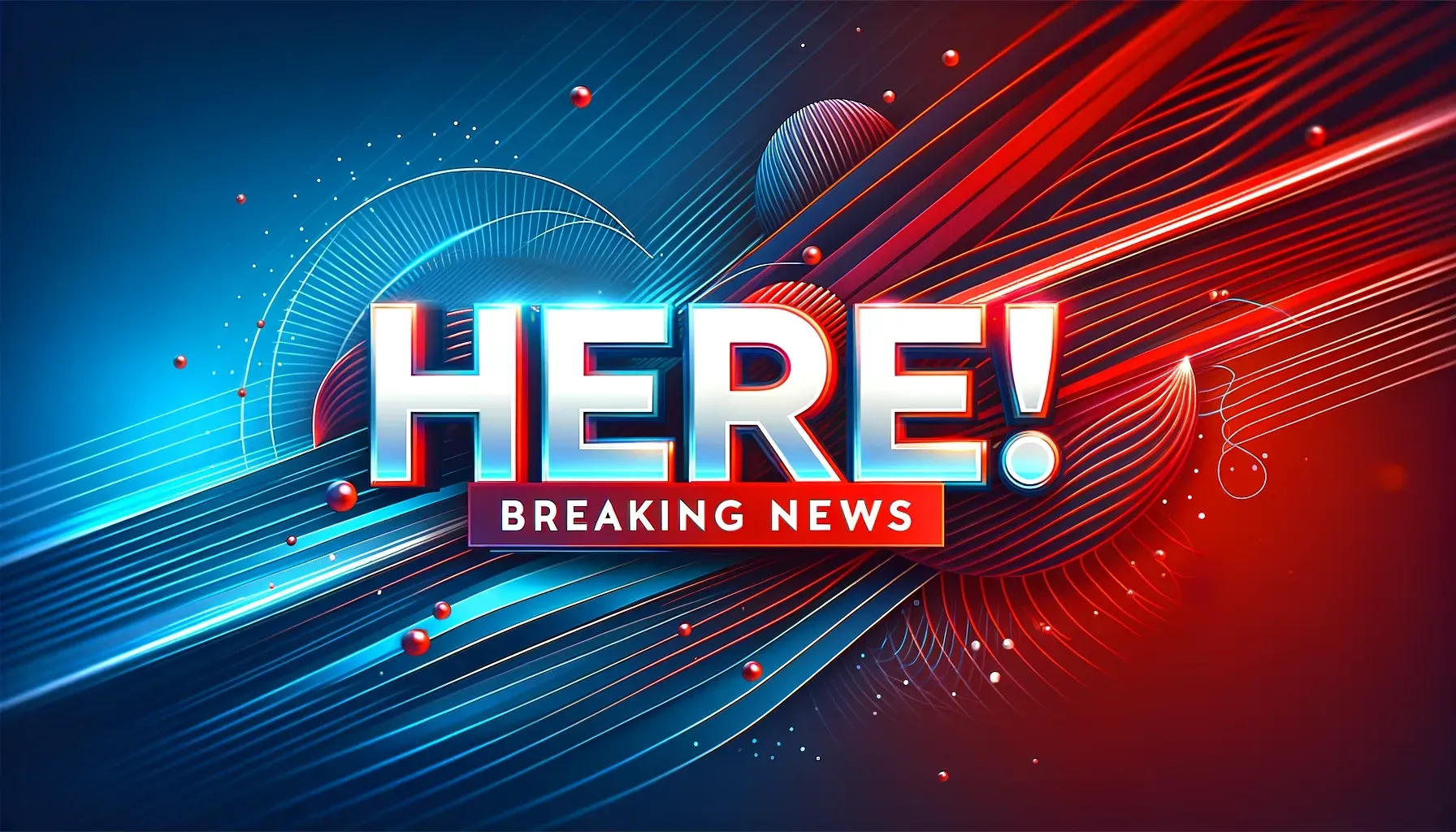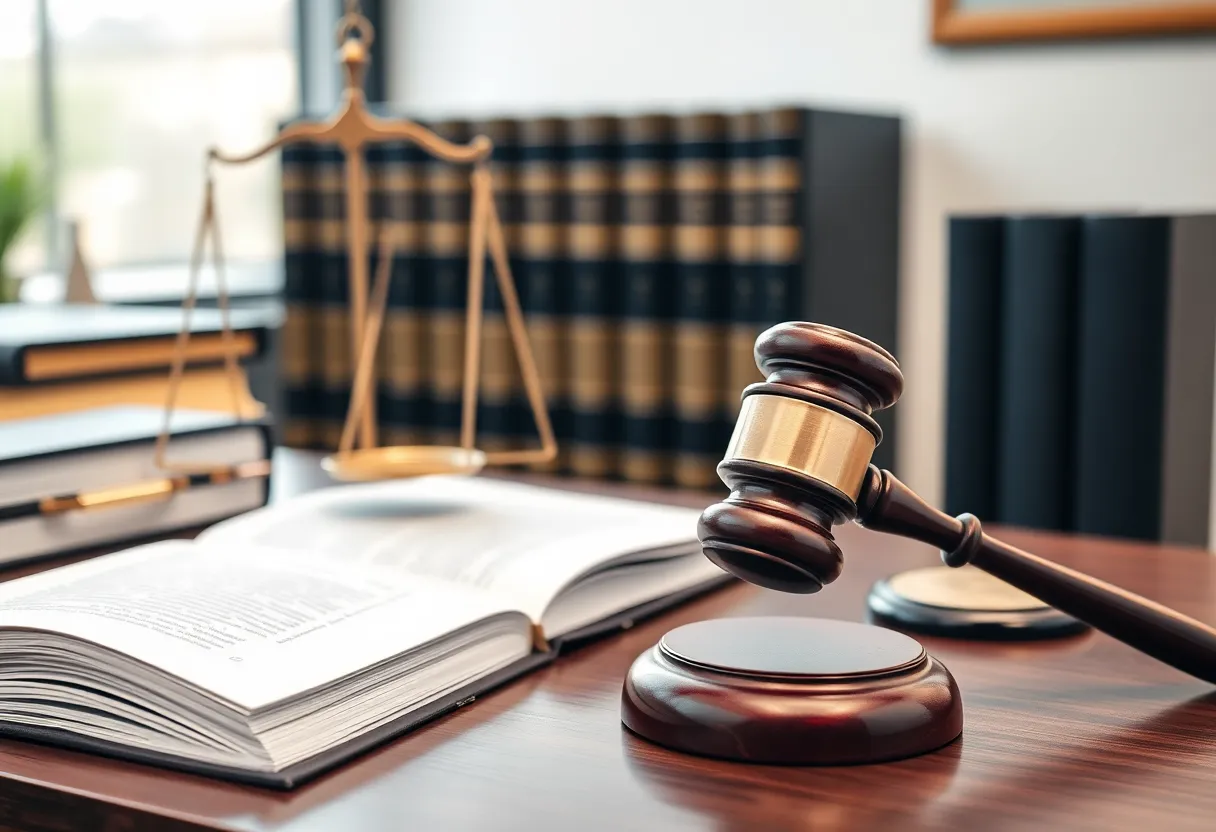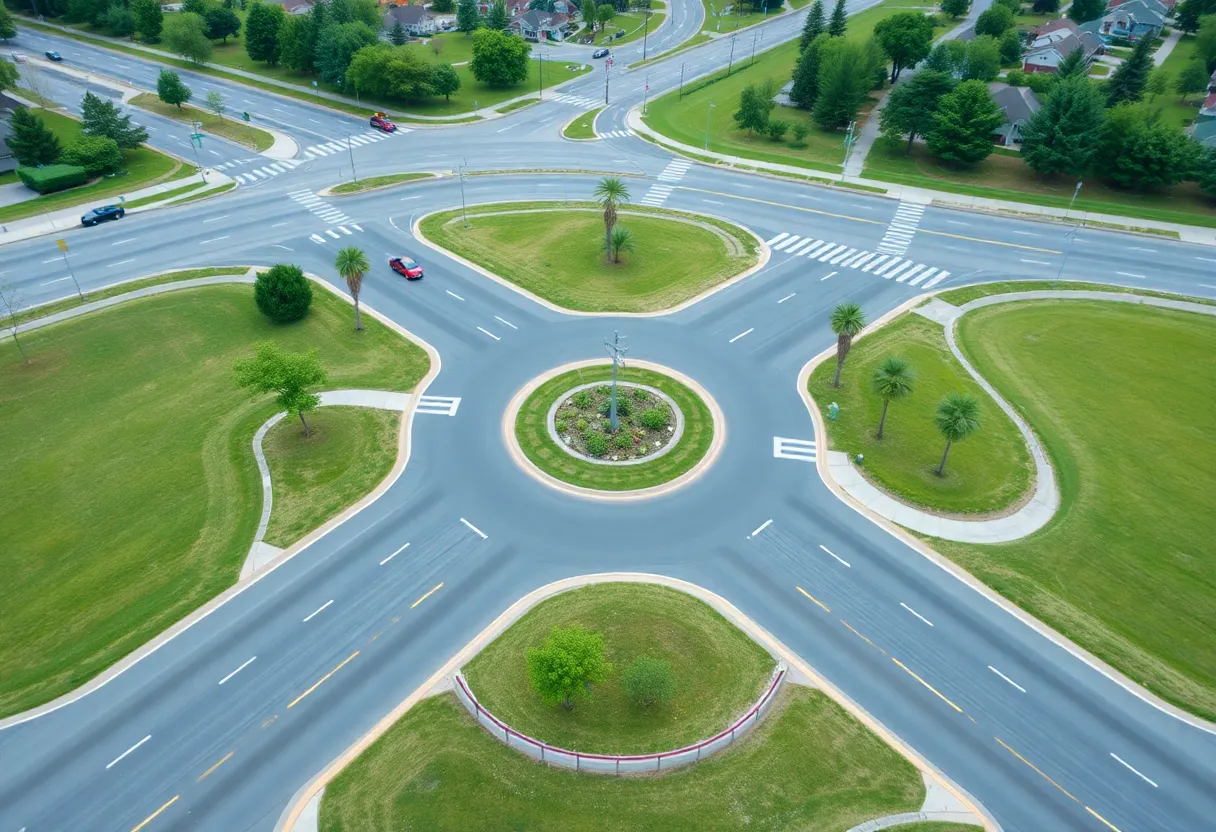News Summary
Nearly two decades post-Hurricane Katrina, New Orleans’ education landscape has shifted to primarily charter schools, producing varied student outcomes. While the percentage of failing schools has dropped significantly since 2005, issues like declining enrollment, high teacher turnover, and funding shortages persist. Despite advancements in academic performance and graduation rates, concerns about racial disparities and educational equity loom over the new system. Various factors, including COVID-19 and a declining birth rate, contribute to the challenges faced by this evolving educational environment.
New Orleans – Nearly two decades after the devastation of Hurricane Katrina, the education landscape in New Orleans has transformed into a predominately charter school system, yielding mixed outcomes for students and educators alike. What began in 2005 as an initiative to revamp the failed public schools has produced significant results, though challenges persist within the new structure.
Before Hurricane Katrina, a staggering 60% of New Orleans schools were rated “F” on state performance scores. In stark contrast, today there are no failing schools left in the city. Of the 70 schools currently operating in New Orleans, almost all are charter-operated—with 17 being single-school charters and 28 running multiple campuses. This shift has been overseen by the New Orleans Public Schools district office, which manages charter applications and renewals despite the operational independence of the charter schools.
However, the transformation has not come without issues. The number of students enrolled in these charter schools is declining. Enrollment peaked at over 51,000 in October 2019 but decreased to around 47,667 by October 2024. Experts believe this trend results from an overall national decline in birth rates, compounded by an increase in homeschooling options brought about by the COVID-19 pandemic. As a consequence, an increased number of high schools—9 out of 23—now have student populations of fewer than 500, raising concerns about the viability of these institutions.
Such declines may lead to upcoming school closures, echoing decisions made after Hurricane Katrina when about 50 schools were deemed significantly destroyed. The Orleans Parish School Board had previously served over 65,000 students across 124 campuses before the hurricane hit. Additionally, high teacher turnover rates have emerged as a pressing issue: approximately 25% of teachers left their positions in each of the last three years. Teachers in the area earn an average salary of just under $44,000 annually, which is lower than their peers in neighboring Jefferson Parish.
Despite these challenging metrics, academic performance shows signs of progress. As of 2024, about 54% of fourth-graders and 65% of eighth-graders in New Orleans Public Schools scored at or above Basic levels on the English LEAP test, representing substantial improvement compared to pre-Katrina scores. Furthermore, high school graduation rates have improved by 25 percentage points since 2004, resulting in a college enrollment rate of 65%, surpassing the state average.
Yet, the advances come amidst ongoing concerns regarding racial and economic disparities in student performance. The percentage of Black educators in the system has dropped from 71% to 52% since the storm, raising alarms about the potential loss of cultural connections within the educational environment. Additionally, selective admissions at certain public schools in New Orleans have demonstrated racial stratification, further complicating the education equity landscape.
Funding issues remain problematic too, with per-student funding in Louisiana seeing minimal increases over the past 15 years. These financial constraints have had a tangible impact on school budgets and resources, weighing heavily on the charter schools’ ability to maintain educational quality. Disputes over tens of millions in school tax revenues between the Orleans Parish School Board and Mayor LaToya Cantrell further complicate the situation, creating tension around financial allocations for education.
To mitigate budgetary pressures, some charters are exploring cost-saving strategies such as in-house transportation services. As the education system continues to evolve, New Schools for New Orleans (NSNO) has initiated a video series titled “After the Storm,” showcasing the academic achievements that have resulted from the post-Katrina reforms.
While New Orleans’ transformation into an all-charter system has yielded significant academic improvements, the journey remains fraught with challenges. Declining enrollment, teacher shortages, and funding disparities continue to pose threats to the stability and quality of the educational experiences offered in the city.
Deeper Dive: News & Info About This Topic
HERE Resources
New Orleans Celebrates its Revitalized Arts Scene
Young Professionals Initiative Unveils 40 Under Forty Class of 2025
Today’s Top New Orleans News: What to Know
Upcoming New Orleans Festivals: Dates & Lineups
Remembering Shirley Schwartz: A Pioneer in Montessori Education
New Orleans’ $50 Study Shows Improvement in Teen Financial Skills
New Orleans Education System Celebrates Two Decades of Change
New Orleans Private Schools Shine in National Spotlight
New Orleans School Board Signs Revenue-Sharing Agreement
Benjamin Franklin High School Ranked Top in Louisiana
Additional Resources
- Boston Herald: How Hurricane Katrina Shaped These New Orleans Educators
- Wikipedia: Hurricane Katrina
- UnHerd: How Katrina Saved Schools in New Orleans
- Google Search: Hurricane Katrina education impact
- ABC News: How Hurricane Katrina Shaped New Orleans Educators
- Encyclopedia Britannica: Hurricane Katrina
- NOLA.com: New NOLA Public Schools Office Aims to Help Chronically Absent Students
- Google News: New Orleans education system

Author: STAFF HERE NEWORLEANS WRITER
The NEW ORLEANS STAFF WRITER represents the experienced team at HERENewOrleans.com, your go-to source for actionable local news and information in New Orleans, Orleans Parish, and beyond. Specializing in "news you can use," we cover essential topics like product reviews for personal and business needs, local business directories, politics, real estate trends, neighborhood insights, and state news affecting the area—with deep expertise drawn from years of dedicated reporting and strong community input, including local press releases and business updates. We deliver top reporting on high-value events such as French Quarter Festival, New Orleans Jazz & Heritage Festival, and Essence Music Festival. Our coverage extends to key organizations like the New Orleans Chamber of Commerce and Greater New Orleans, Inc., plus leading businesses in energy, healthcare, and education that power the local economy such as Entergy, Ochsner Health, and Tulane University. As part of the broader HERE network, including HEREShreveport.com, we provide comprehensive, credible insights into Louisiana's dynamic landscape.




